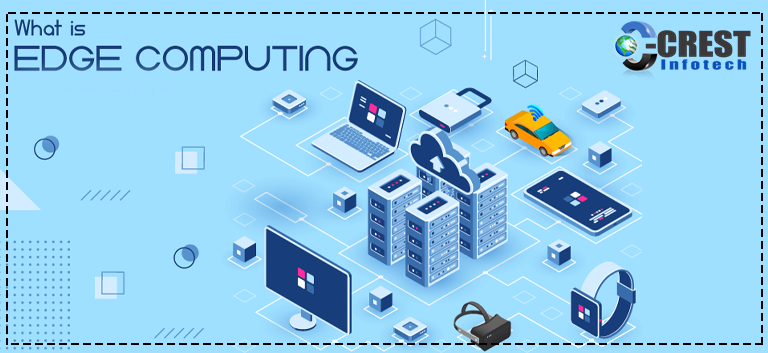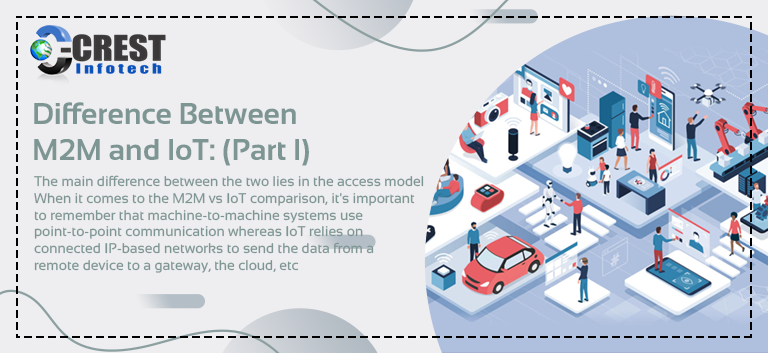Edge computing is the use of regional servers and computers to process data in applications more quickly. Instead of relying solely on cloud storage services or data centres hundreds of miles away to process all of the data, edge computing processes data locally, whether on a personal computer or in a small data centre near the user’s location. Edge computing aids in bandwidth optimization. Multiple devices transmitting data to remote facilities will slow down network speed and functionality, so processing data on an edge device is much faster.
For storing and using data, cloud computing and large data centres are required, especially as demand for faster processing and more storage capacity grows. However, long distances between data centres and a personal computer or phone can cause network congestion, which makes Internet of Things technology less efficient. Edge computing makes this more possible by processing data on a nearby computer or server for faster results. IoT devices and systems can upgrade immediately to have their full effect, and edge computing makes it more likely by processing data on a nearby device or server for faster results. Edge devices are what they’re called.
As ubiquitous and ambient computing become more integrated into smartphones, households, companies, and cars, edge technology will become more relevant. Smart cars, in particular, will necessitate a near-instantaneous response to incoming data; this data cannot wait to be processed by a remote cloud provider or data centre. If smart infrastructure were to be built in highways, it would also necessitate real-time data analysis.
5G networks for smartphones allow faster Internet and computing. Edge computing and 5G networks are two similar and related technologies. For 5G and edge computing, low latency is a must. Since certain regions lack the network infrastructure to completely embrace the technology, 5G networks have not been introduced everywhere. Edge computing, on the other hand, could be able to speed up 5G growth by bridging the gap between complete 5G implementation and applications that need real-time data processing.
Edge computing challenges
Edge computing could provide access to fast networks and IoT technology to rural areas. However, in certain geographical areas, one of the difficulties in successfully integrating edge computing is the lack of sufficient networks to sustain that computing. Small edge data centres, which have been suggested as a way to incorporate edge computing, would be difficult to manage and secure, particularly in rural areas where people and security resources are scarce.
Edge security is also difficult to maintain in general. It’s spread through a variety of computers and servers, many of which lack the same degree of protection as massive data centres or cloud providers. It’s difficult to monitor and secure data moving over the edge. Processes of authentication and data protection for computers and endpoints are critical.



